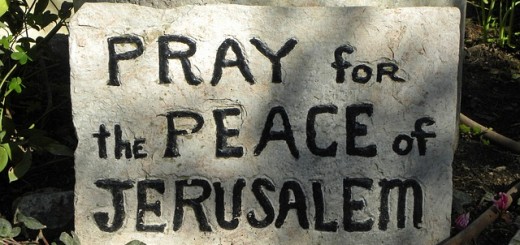Geulah and Responsibility

Two Pesach motifs, each one individually difficult to understand, become even more strained when considered together.
Chazal tell us that Bnei Yisrael had to be redeemed, in a sense, just then. They had descended to the 49th level of tumah. While many assume that this mean they were in danger of slipping to the nadir of the terrifying 50th level, the Gra disputes this. He taught that while there is a 50th level of kedushah, it has no parallel in tumah. Forty-ninth is as bad as it gets.
Or is it? Elsewhere, Chazal tell us that four-fifths (or more!) of Bnei Yisrael perished during the plague of darkness. Besides the difficulty of comprehending the deflating impact such a huge loss would have on Bnei Yisrael (see Rav Schwab’s elegant solution in his Ma’ayan Bais ha-Sho’evah), it seems that those who survived had to have been better than those who didn’t. Yet those who survived are depicted as having descended to the lowest levels of degredation. What made one group better than the other?
“Vayeidah Elokim.” Rashi explains this as Hashem “setting His eyes upon them, and not turning away His heart.” Bais Yisroel notes the parallel at the beginning of galus, when the Bnei Yisrael are described as well as closing their eyes and hearts after the death of Yaakov (Bereishis Rabbah 96:1). On the other hand, he observes, the very beginning of geulah was Moshe’s walking out among his brothers, which according to Rashi meant once again his “setting his eyes and hearts upon them in order to feel their pain.” Thus, the entirety of galus and redemption revolve around the opening and closing of eyes and hearts.
Rav Avrohom Schorr (HaLekach v’HaLibuv Haggadah, pg. 140) explains: The closing of eyes and hearts means ignoring the pain of others. Jews who act in accordance with their birthright naturally have a good eye. They find it easy to commiserate with those in pain. They find it easy as well to celebrate the good times, to feel the simcha of others as if it were their own. (A cautionary note: Shulchan Aruch (OC 1:3) regarding Tikun Chatzos speaks of the need to feel the pain over the loss of the Bais Hamikdosh and to worry about it. Feeling the pain is insufficient, R. Schorr comments. Feeling must lead to a plan of action.)
Perhaps, says R. Schorr, we have found the solution to our enigma. It could very well be that those who survived differed only from the others in that they did not close themselves off from the pain of their brothers. Working with a severe a deficit of kedushah appropriate to the 49th level, they nonetheless did not undo the bonds that held them close to their fellow Jews – bonds that had begun to develop once again after Moshe’s daring intervention for a stranger, an act that estranged him from the privileged life he led in the court of Paroh.
The pendulum of our collective history begins to move in the direction we want, concludes R Schorr, with our feeling responsible to our coreligionists. We them must turn that responsibility into concrete action in the form of davening for them, and working assiduously for their betterment.
These are not just important interpersonal mitzvos. They are the very prerequisites of geulah.



Beautiful. Although we are still left with the conundrum with what is considered their betterment.
“those who survived are depicted as having descended to the lowest levels of degradation. What made one group better than the other?”
Rashi explains that those who did not survive were the ones who did not yearn for the redemption. Those who did yearn for the redemption–even those of the likes of Korach, Dosson and Aviram–survived. (The latter just insisted that Moshe Rabbeynu was repeating the mistake of the bnei Ephraim in trying to force the redemption before the true moment.–The Targum on פרשת שלח has Pharoah’s speaking “לבני ישראל” [about the Hebrews’ being lost in the desert] not “about” בני ישראל but “to” בני ישראל–namely to Dosson and Aviram, who had stayed behind in Egypt and then spied on the Hebrews’ movements to report them to Pharoah!)
In our own times also, of the Jews in Europe that lost their strong connection to G-d and abandoned Torah and mitzvos:
Some went to the baptismal font and disconnected themselves from the Jewish people.
Others were drawn to secular Zionism. Even though it was lacking in spirituality and connection to Torah and Mitzvos, it held them connected to the Jewish people.